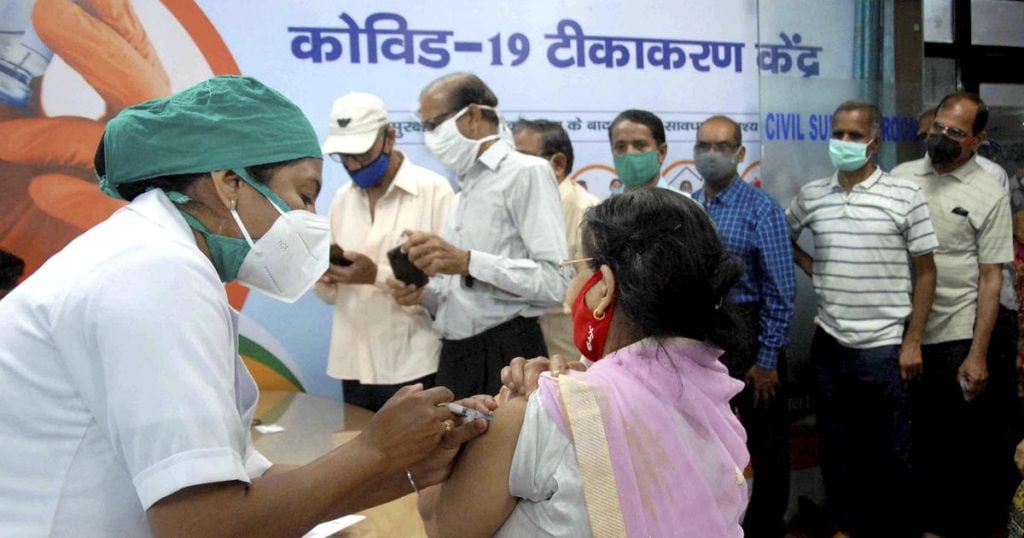5 min read
Noted author, C.K. Prahalad had highlighted that the fortune lies at the bottom of the pyramid. This theme emerged as the centrepiece at the South Asia Social Investment Summit 2022 panel on Opportunities for Private Sector for Transforming Primary Healthcare to Leave No One Behind. Quoting Mr. Ram Kumar, IAS, MD NHM Meghalaya, “After Covid-19 the entire society is realizing the value of health. There is a focus on collective interventions, affordability of healthcare, and improving the quality and access of the health care system. Thus, health service delivery is a matter of key focus”, it was reiterated that the goal of scaling up impact in Comprehensive Primary Healthcare requires a public private partnership approach.
Fortune here is not just monetary value for service providers, but also improved lives for the citizens, making the adage of “health is wealth” a reality for all. Countries such as Sri-Lanka, Costa Rica and Thailand, that have invested heavily into comprehensive primary health care have shown much better health outcomes, which over the long run have proven to be cost effective models for development.
Indian Public Health care expenditure has plateaued at 1 to 1.5% of GDP over the last decade resulting in an extremely high 67% Out of Pocket expenditure in India. This impacts the most vulnerable and has the effect of pushing them into extreme poverty. With the launch of the National Health Policy, there is now unprecedented political will and the realization of the need to transform the health systems in the country. This which has resulted in significant budgetary
allocations through initiatives such as Ayushman Bharat. However, given the scale of the task of betteroffor better health outcomes for 1.3 billion people, a collaborative approach is necessary. The South Asia summit brought together functionaries from civil administration, international development agencies, social impact funds and impact organisations to analyse the role of public-private partnerships for addressing gaps at state level primary healthcare ecosystem The panel thus looks at value creation for all stakeholder while keeping sustainability and equity in mind. The key ideas that emerged were:
The need to demystify health:
Process, compliance and cost have over the years created high barriers to entry for the poor. Many are unwilling to engage with health systems, especially in rural areas, due to perceived compliance burdens. This has a twin negative effect : Diagnosis of illness is delayed till the point it is extremely severe, and for private agencies the market size becomes too small, to run businesses sustainably. The solution lies in the need to engage, educate and bring health to the people. A successful example comes from Meghalaya, where Grameen Health care Services and Smart Village Movement Rural Polyclinic Health Centre Project brought healthcare to the people through mobile vans, with a focus on regular diagnostics
Looking at health beyond Infrastructure:
Comprehensive health is now recognised to have a three-dimensional model of preventive, curative and enabling health. Thus, while continued focus on infrastructure is required, local capacity building, informational sessions, campaigns on nutrition, safe practices, hygiene, family planning etc, are also required to encourage a behavioural change amongst the consumer and customers of healthcare in India. Similar opportunities exist for generic drugs and telemedicine in India. This also opens avenues for the private sector to look at diversified opportunities and revenue models, while keeping costs to the end consumer affordable.
Identifying the target audience and geographies:
The relationship between private and public sector has to be one of complementarity. Private sector, with the right support, can access untapped markets whereregionsmarkets where government systems fail to deliver, thus enhancing the last mile connectivity such as . Ttribal, rural, hilly areas. markets where private agencies can get untapped markets. There is a massive market at primary health care level in India, of nearly 40 million customers. This also helps reduce pressure on tertiary systems by furthering a “right care at the right level” approach, along with comfort and affordability for the beneficiaries. For instance, mMobile Diagnostic labs have been conductingbeencan conducting tests for up to across 40 parameters at community level, thus encouraging timely diagnosis and treatment.
Identifying new financing models:
For Innovation and scale, it is necessary to make primary healthcare commercially viable for the entrepreneurs and the investors engaged in the field. Iterative work is necessary to develop 3 aspects of the business: how the market is organized, who pays for it, and how pricing is done. Till now the market has been dominated either by government led infrastructure investments or by informal “quacks” at the primary care level. The public sector has to use its convening power, and build on the existing momentum to align multiple stakeholders to encourage more market and financing models for the private sector.
Role of technology:
Private sector can bring in the merits of digitisation, in terms of efficiency and scalability to the healthcare sector. Telemedicine, GPS tagging, Health MIS systems, can help support the digital health identity project being undertaken by the government of India. The key challenge and goal here is to create pilot projects at PHC level so that innovation can be tested and can go from beyond the labs into the real world. This requires openness and trust between the public and private sector and a mutual collaboration to develop products and processes for implementation.
Continuum of health can only be achieved through value creation along the channel. The public sector has the role of a regulator and can bring the initiatives to scale, while private sectors bring agility, transparency and innovation to the sector. Technology and engagement thus needs to bring health care to the doorsteps of the citizens, ensuring equity and health for all, as outlined in the Alma Ata Declaration, and underlined in the SDG goals.
The State of Meghalaya is in urgent need of operational resources for its Genome Sequencing Labs for COVID-19 samples. Please connect to [email protected] if you wish to support Meghalaya in operationalising its diagnostics infrastructure.


















